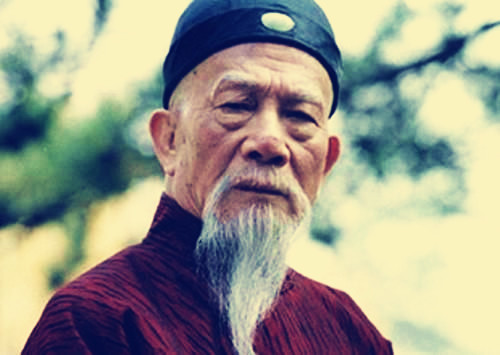 Li Hongzhang Stills
Li Hongzhang Stills
Text/Yangcheng Evening News reporter Xia Yang
Since the Opium War in 1840, China has gradually become a semi-feudal and semi-colonial society, and the Chinese nation is facing “great changes unseen in three thousand years.” Komiks
Although the signing of the Sino-British Nanjing Treaty was deprived of power and humiliating the country, the contradiction between China and foreign countries reached a temporary balance. At this time, China should have learned from its mistakes and seized the opportunity to work hard. But then we were a series of domestic and foreign wars. The Taiping Heavenly Kingdom movement had not yet subsided, and the Second Opium War broke out again, and the British and French coalition forces fought all the way from southern China to Beijing.
 Modern China has been repeatedly invaded by foreign enemies. Data picture
Modern China has been repeatedly invaded by foreign enemies. Data picture
Faced with the internal and external difficulties and the national danger of death, China is exploring the way to survive reform. Western forces opened the door to China with strong ships and powerful cannons, making the “old empire” realize that they were really behind. Therefore, the pioneering ideas of “opening their eyes to the world” such as Lin Zexu and Wei Yuan gradually gained more recognition, and the call for learning from the West gradually became a social trend.
Learning from the West is the path of modernization in ChinaBabaylan. However, what to learn and how to learn is tested by Cinema’s rulers at that time.
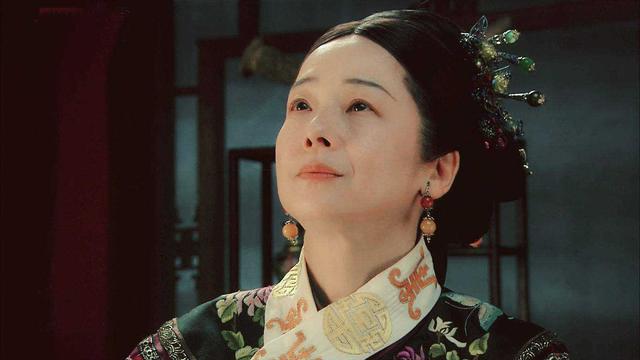 Empress Dowager Cixi Stills
Empress Dowager Cixi Stills
In this sceneIn the great changes, there are two key figures who are most capable of deciding the course of the ship in the Qing Dynasty: one is Empress Dowager Cixi, who began to rule behind the curtain in 1861 until she died in 1908. For nearly half a century, she was the master of the Qing Dynasty.
The other is Li Hongzhang, a “major official of ZTE”. He rose step by step in the war to wipe out the Taiping and Nian Army in the 1860s, and he held the internal and diplomatic power of the Qing government for a long time until he died of illness in 1901. He was regarded by Japanese Prime Minister Hirofumi Ito as “the only person in the Qing Empire who was capable of competing with the world’s powers” and Empress Dowager Cixi also regarded him as “a person who recreated Xuanhuang.”
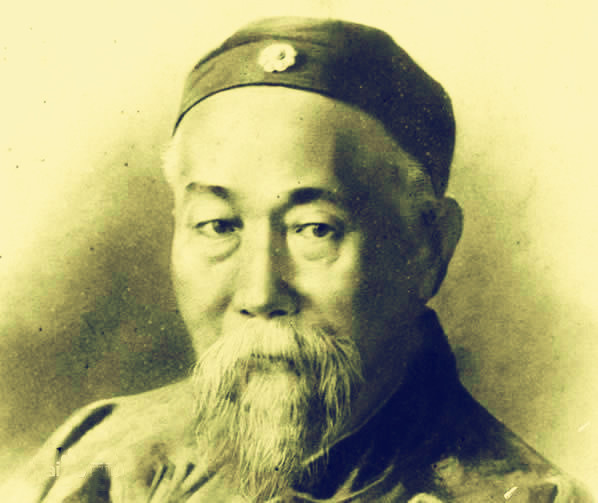 Li Hongzhang, an important official of the late Qing Dynasty, Data picture
Li Hongzhang, an important official of the late Qing Dynasty, Data picture
KomiksWhat to learn from the West? Due to repeated failures in foreign wars, leaders of the Westernization faction such as Li Hongzhang all dream of enriching the country and strengthening the army. Therefore, they proposed to “learn from the barbarians’ skills to control the barbarians” and learn from the technical level.
Under his efforts, the Westernization Movement was vigorously carried out, and Komiks quickly created a large number of military and civil industries such as ordnance, shipbuilding, railways, mining, textiles, and telegraphs, and adopted the “official supervision and business” method to attract private capital and Komiks to run Komiks.
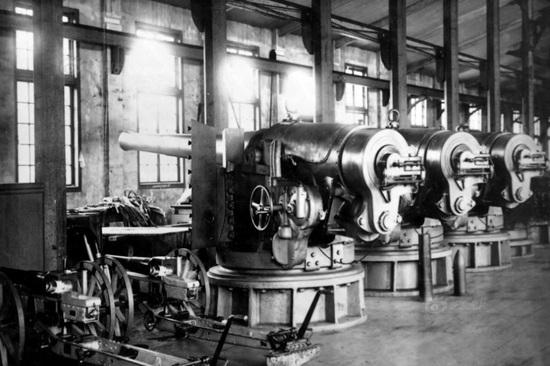 The Westernization Movement laid a certain foundation for modern industrialization. Data picture
The Westernization Movement laid a certain foundation for modern industrialization. Data picture
It goes without saying that the Westernization Movement has achieved great results. With the help of latecomer advantages, China has won CinemaGreat development has rapidly laid a certain industrial foundation for traditional agricultural countries and profoundly changed the lives of the people.
In 1888, China’s first modern fleet, the Beiyang Navy, officially formed an army and became the most powerful naval force in Asia. This was the peak period of the Westernization Movement, known in history as “Tongguang ZTE”. Undoubtedly, Li Hongzhang is a “minister of Zhongxing”. The whole country was complacent about the achievements of the Westernization Movement and believed that learning from the West had achieved great success.
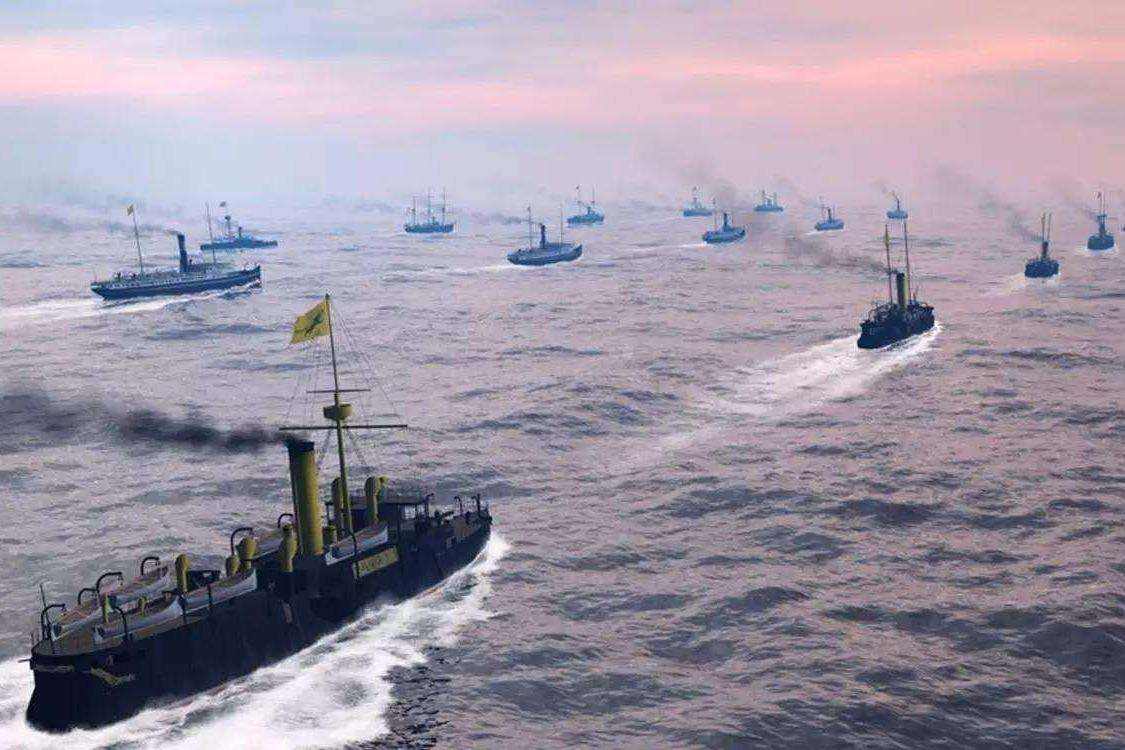 Beiyang Navy Stills
Beiyang Navy Stills
However, it is this superficial effect that covers up the existing problems.
The Westernization Movement, a road to enrich the country and strengthen the army, has had great limitations from the very beginning. They are positioned as “middle school as the body and Western learning as the purpose”, but they still cannot let go of the superiority of the old empire and are only willing to learn to decorate the storefront, but they do not touch on fundamental issues such as the Cinema system.
It is a good reference system to start learning from Japan two years later than the Qing government. Also learning from the West, Japan carried out the Meiji Restoration, and comprehensively learned from economy, military to politics, education, etc., and carried out a more thorough social improvement in Japan.
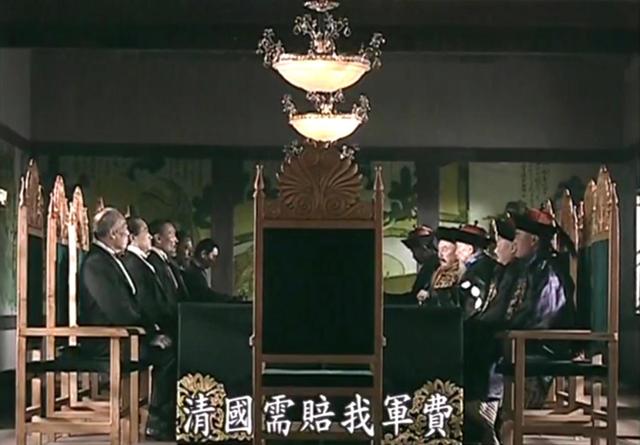 So, China and Japan, as “classmates”, gradually widened the gap. Japan quickly completed the process of modernization and rose to become a powerful country in East Asia. The economic and social development momentum of the Qing Dynasty was soon restricted by the corrupt political system.
So, China and Japan, as “classmates”, gradually widened the gap. Japan quickly completed the process of modernization and rose to become a powerful country in East Asia. The economic and social development momentum of the Qing Dynasty was soon restricted by the corrupt political system.
The painful lesson came again. After Japan’s rise, it launched the Sino-Japanese War of 1894-1895. The Beiyang Navy, known as Asia’s number one, was wiped out, which also declared the bankruptcy of the Westernization Movement. From then on, Chinese society fell into a deeper BabaylanBabaylan‘s darkness.
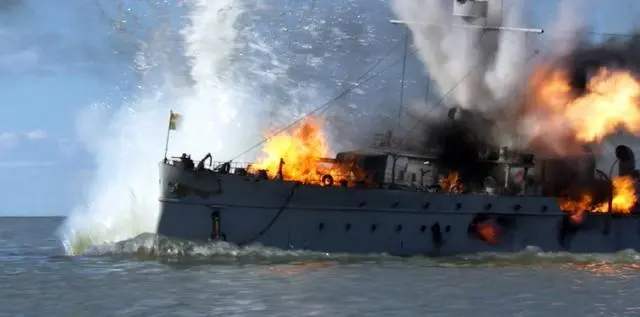 China-Japan Navy Battle 1895 Stills
China-Japan Navy Battle 1895 Stills
In modern Chinese history, the second half of the 19th century was an excellent development opportunity, why didn’t I seize it better? Although this is restricted and hindered by conservative forces, Li Hongzhang, who are knowledgeable and strive to guide China’s progress, have not fought for more important and more critical reforms, and obviously they cannot shirk responsibility. Looking back at history based on the present, the twists and limitations of China’s exploration of the road to modernization are sad.
The times have limitations, and individuals have limitations. The late Qing Empire was in trouble at home and abroad and was full of holes. Li Hongzhang survived the crisis alone and exhausted his efforts, and he also completed his life. But he did not seize this good opportunity to accelerate modernization and failed to complete the modernization process through peaceful improvement. He finally had some regrets.
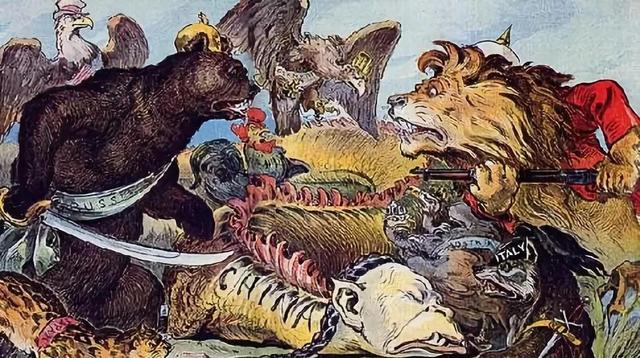 Modern China with many disasters and difficulties Data picture
Modern China with many disasters and difficulties Data picture
And then with the defeat of the Sino-Japanese War of 1894-1895, BabaylanThe Chinese nation stumbled into the 20th century. In the following half century, the Chinese people set off a wave of reform and revolution, and continued to explore the path of rejuvenation and power in the midst of war.
Source | Yangcheng Evening News·Editor of Yangcheng School | Xia Yang